Italian design houses have left a significant mark on the automotive industry, particularly in the realm of American cars. Their influence is evident in the transformative fusion of style and engineering that has captivated car enthusiasts worldwide. This interplay of Italian aesthetics and American manufacturing prowess has resulted in iconic vehicles that push the boundaries of design and performance.
The Legacy of Italian Design Houses
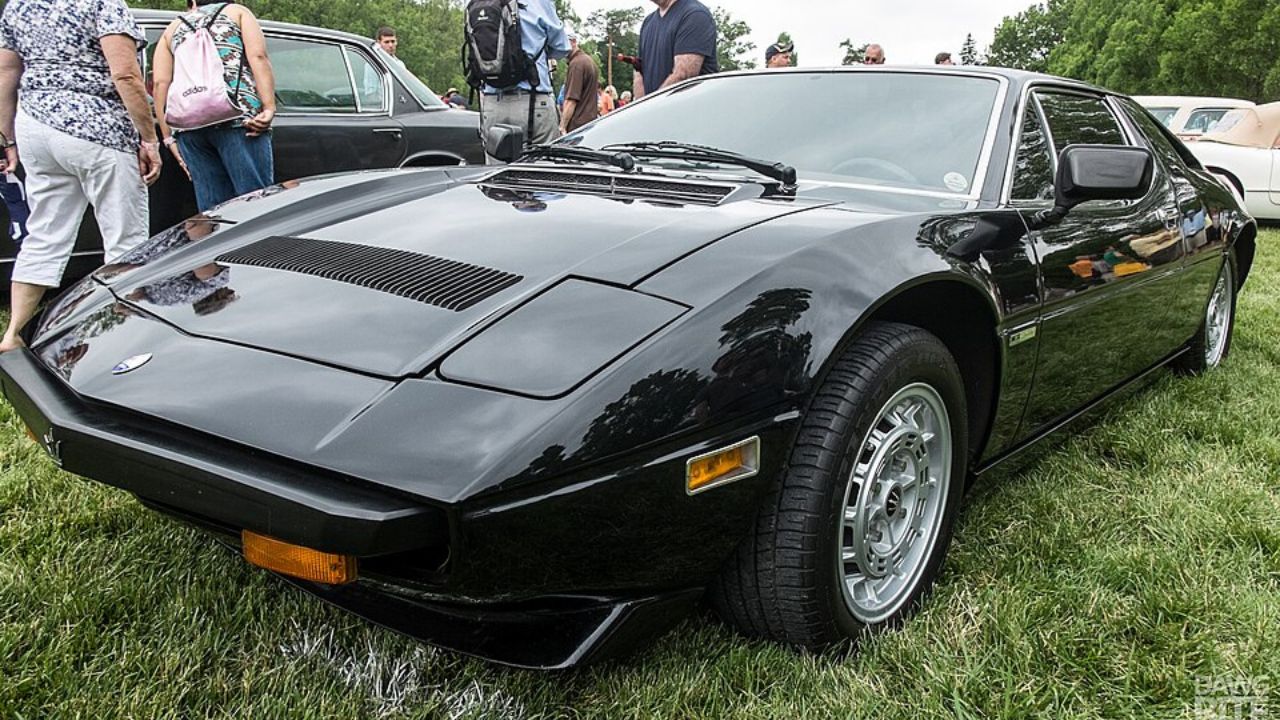
Italian design houses such as Pininfarina, Bertone, and Italdesign have carved a niche for themselves in the global car design industry. Originating from a country renowned for its artistic heritage, these companies have consistently set benchmarks in automotive aesthetics. Pininfarina, for instance, established in 1930, quickly became synonymous with elegance and innovation, contributing designs to luxury brands like Ferrari and Maserati. Bertone, founded in 1912, and Italdesign, established in 1968, have similarly made their mark with groundbreaking designs and concepts.
The philosophy behind Italian design revolves around a meticulous balance of form and function. This approach prioritizes aesthetic appeal without sacrificing performance, a principle evident in their attention to detail and craftsmanship. Italian designers are celebrated for their ability to infuse cars with artistic expression, creating vehicles that are not just modes of transport but pieces of art. This cultural emphasis on design excellence has earned Italian design houses a revered place in the automotive world, influencing car manufacturers globally.
Italian Influence on Iconic American Models
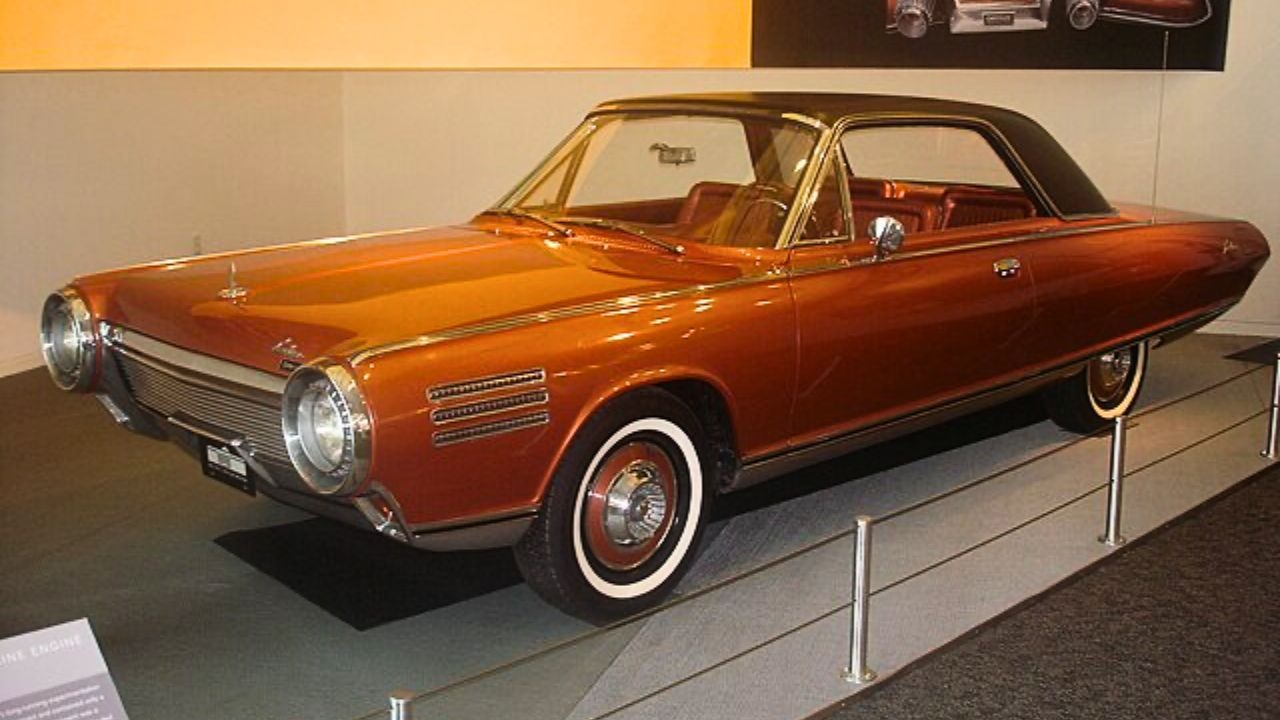
The partnership between Cadillac and Pininfarina exemplifies the blend of luxury and innovation. The collaboration led to the creation of the Cadillac Allanté, a luxury roadster that combined American engineering with Italian styling. This partnership not only enhanced Cadillac’s brand image but also introduced a new level of sophistication to its lineup. The Allanté’s sleek, aerodynamic design and luxurious interiors were a testament to the Italian influence, making it a desirable model among luxury car enthusiasts.
Another notable example is the Chrysler Turbine Car, a project that involved the Italian design house Ghia. Unveiled in the early 1960s, the Turbine Car featured a futuristic design characterized by its unique turbine engine and streamlined body. Ghia’s involvement in the project brought a distinctive Italian flair to the car’s styling, which garnered attention for its revolutionary design elements. Although the Turbine Car never went into mass production, its innovative features and bold aesthetics left a lasting impression on the American automotive industry.
Design Techniques and Innovations
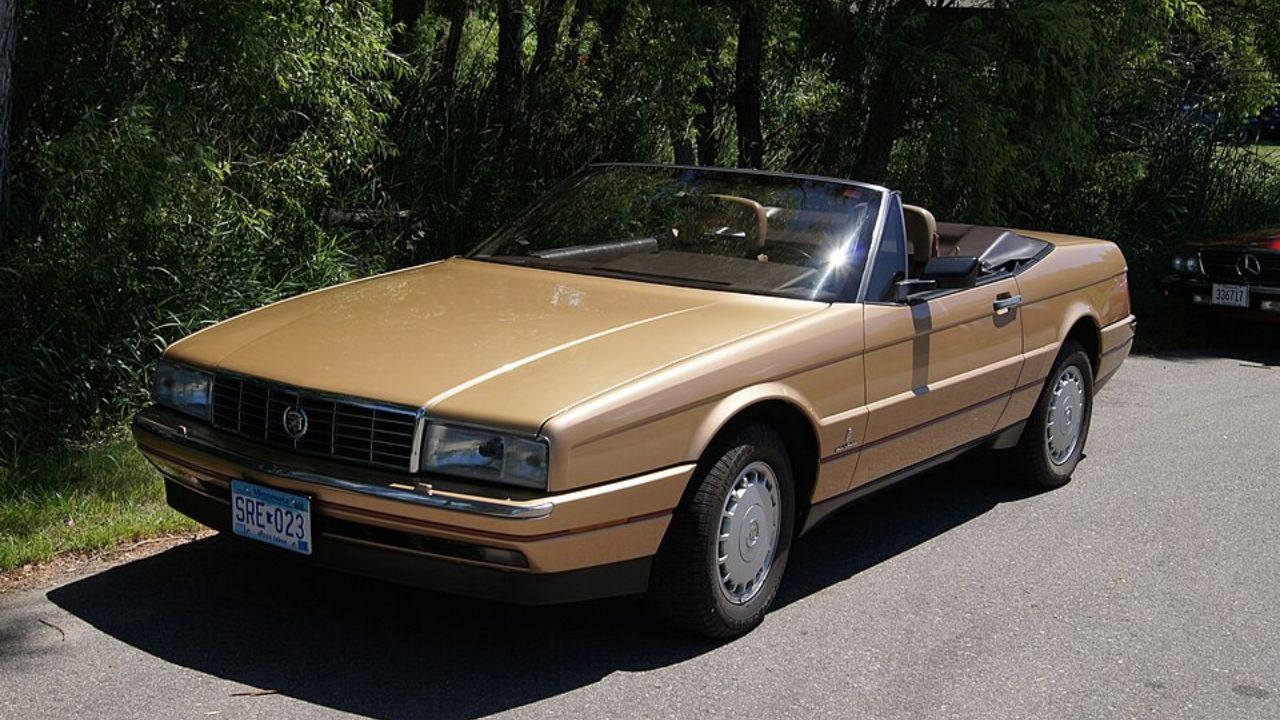
Italian designers have played a pivotal role in introducing sleek lines and advanced aerodynamics to American car design. Their approach to creating streamlined shapes has influenced the development of several American models, enhancing their performance and visual appeal. This integration of aerodynamic principles not only improved fuel efficiency but also contributed to the cars’ overall aesthetic allure.
In addition to exterior designs, Italian influence extends to interior aesthetics. The emphasis on luxury materials and innovative layouts has reshaped consumer expectations and industry standards. Italian craftsmanship is evident in the use of premium materials, intricate detailing, and ergonomic designs that prioritize comfort and style. These elements have become hallmarks of modern automotive interiors, setting a new benchmark for luxury and sophistication in American cars.
Cultural Exchange and Industry Impact
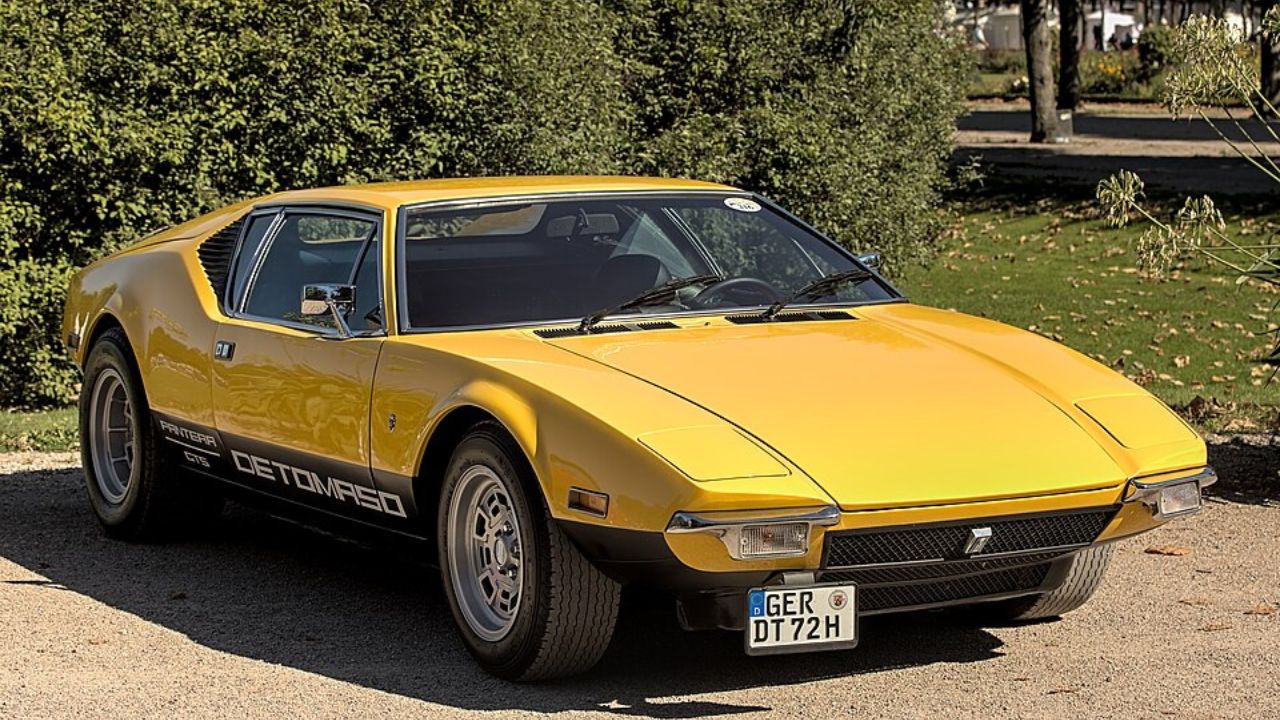
The cross-pollination of design ideas between Italy and America has fostered a vibrant exchange of creativity and innovation. Collaborative efforts, such as joint ventures and exchange programs, have facilitated the sharing of expertise and design philosophies. This cultural exchange has been instrumental in shaping the evolution of automotive design, influencing trends and practices in both countries.
The long-term effects of Italian design principles on the American automotive landscape are profound. The adoption of Italian aesthetics has not only enhanced the visual appeal of American cars but also influenced broader industry trends. The ongoing relevance of these design elements is evident in modern models, which continue to draw inspiration from Italian design houses. This enduring influence underscores the importance of Italian-American collaborations in shaping the future of the automotive industry.
The Future of Italian-American Automotive Design Collaboration

As the automotive industry continues to evolve, the potential for future trends and collaborations between Italian design houses and American car manufacturers is promising. Emerging technologies, such as electric and autonomous vehicles, present new opportunities for integrating Italian design philosophies. The blending of advanced technology with Italian aesthetics could lead to innovative solutions that redefine the driving experience.
The enduring appeal of Italian design in the American market is evident in current consumer preferences, which increasingly favor Italian-inspired aesthetics. This demand is likely to drive future partnerships between Italian designers and American manufacturers, resulting in vehicles that combine cutting-edge technology with timeless style. As the industry moves forward, the role of Italian design in shaping the next generation of American cars will remain significant, ensuring the continued fusion of style and engineering excellence.
Like Fast Lane Only’s content? Be sure to follow us.
Here’s more from us:
*Created with AI assistance and editor review.

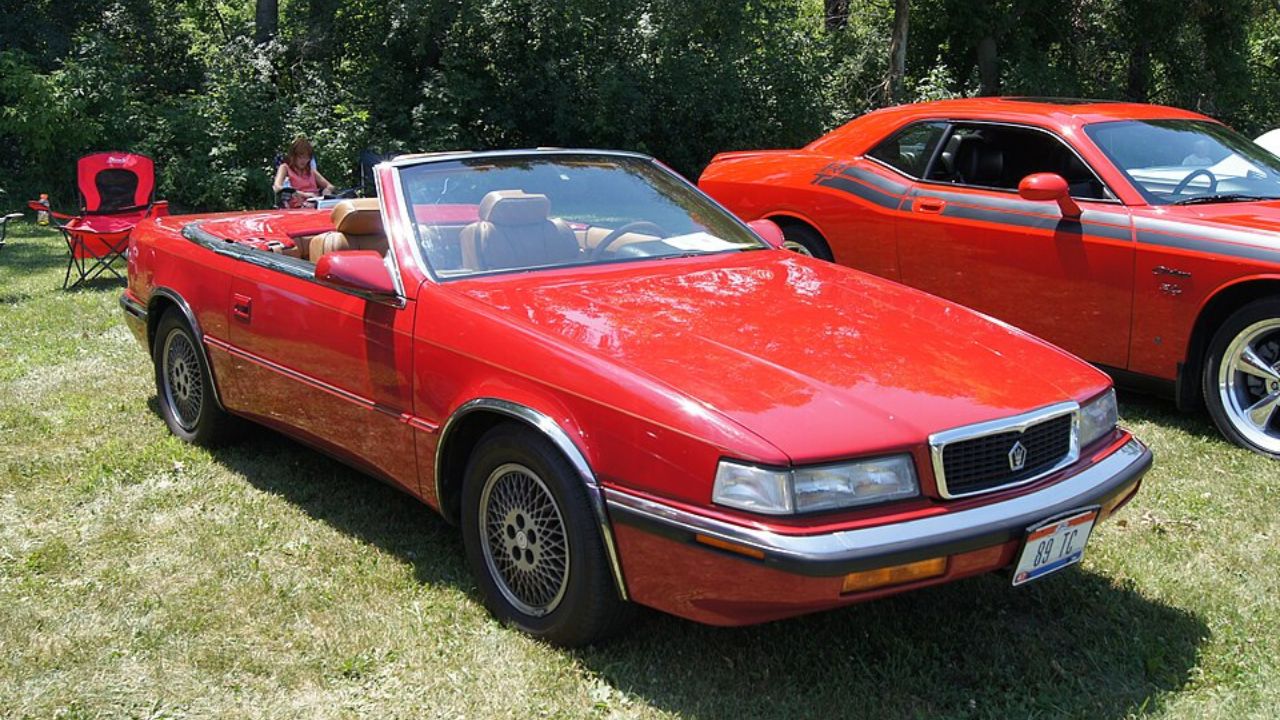

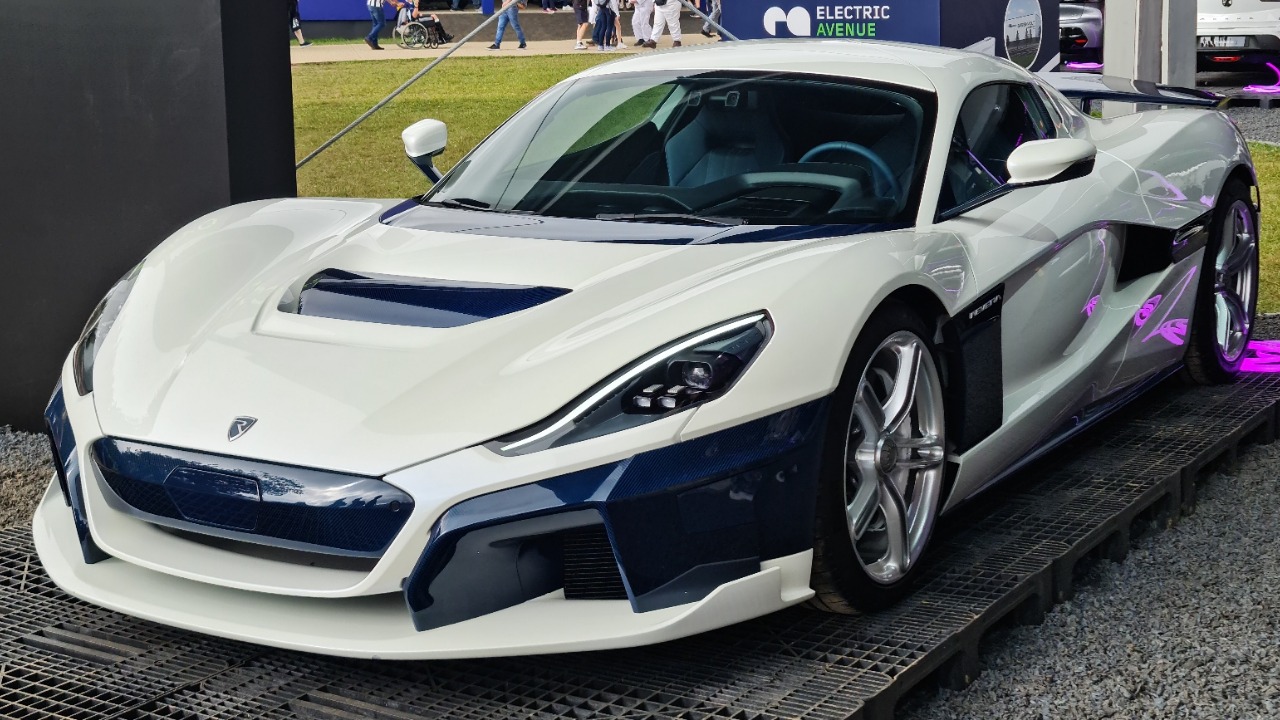
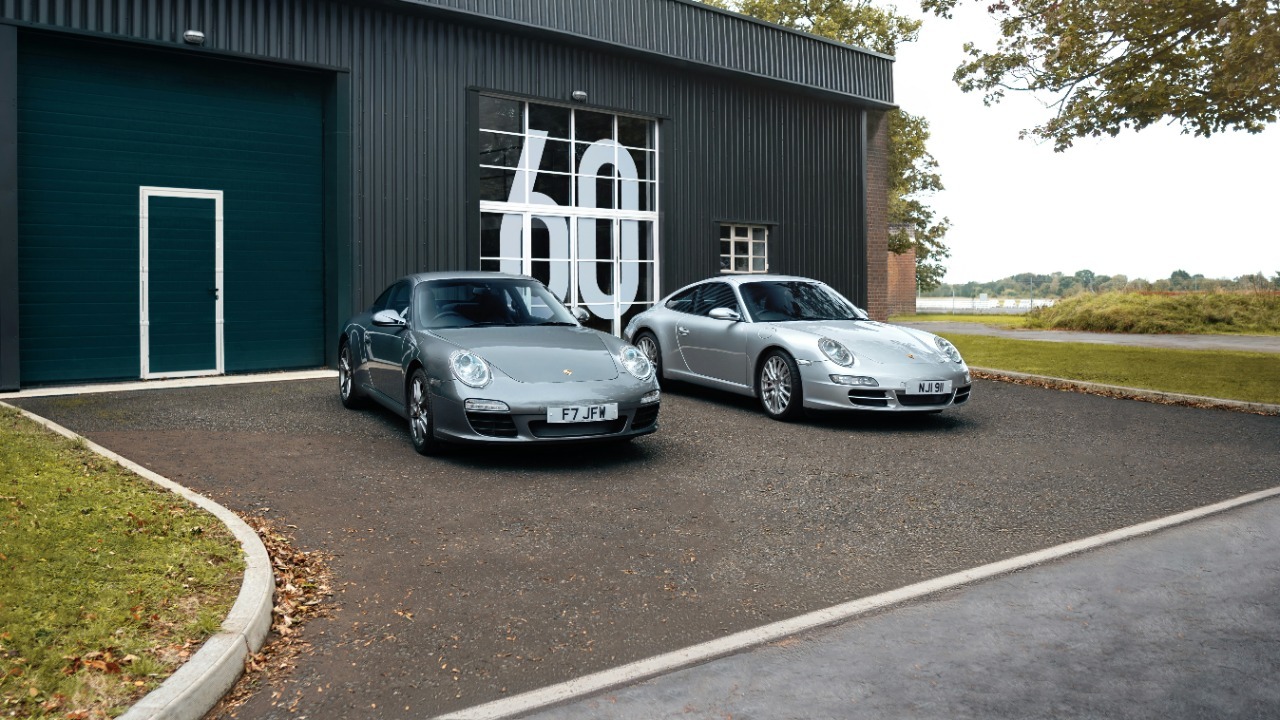


Leave a Reply